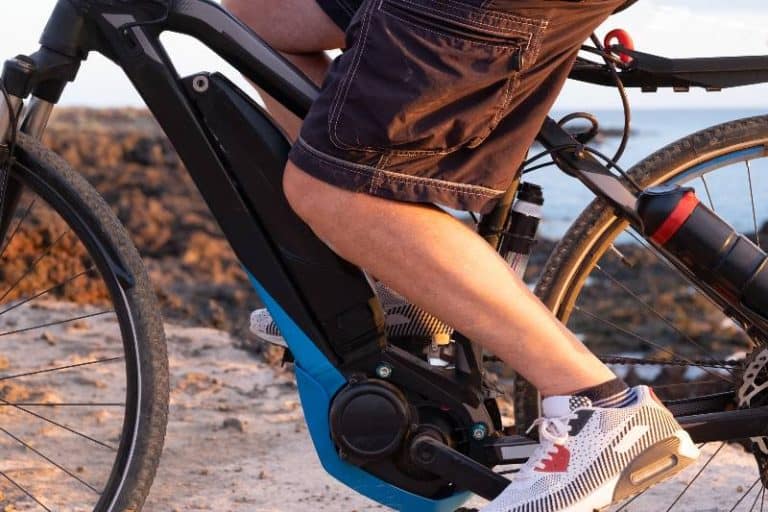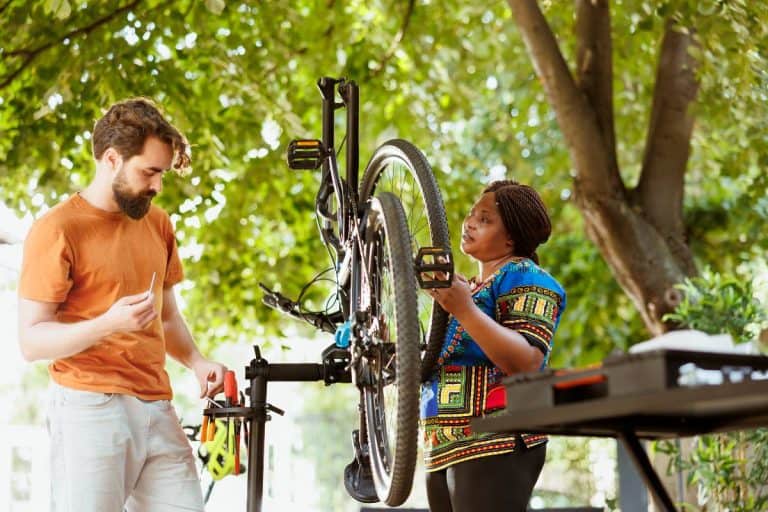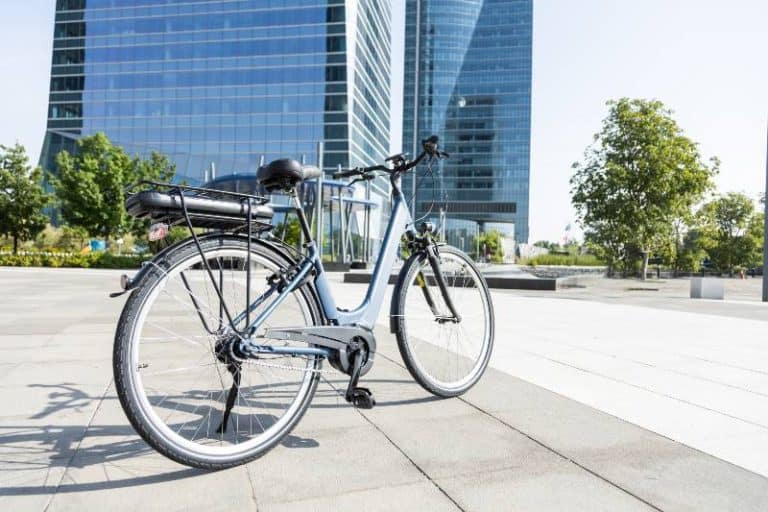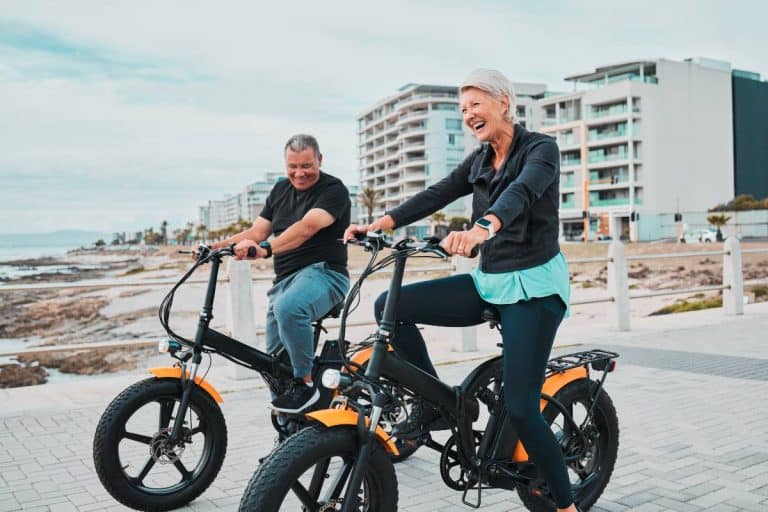E-bike Safety Gear: Essential for Safety
Hey, I’m Tom from Electrik Living. As more people make the switch to e-bikes, I wanted to talk about an important aspect of this eco-friendly transition – staying safe on your electric two-wheeler!
I started Electrik Living to empower people to combat climate change by promoting clean transport. But in our mission to go green, we can’t overlook riders’ safety. My daughter Trinity, born on Earth Day, is my inspiration for building a sustainable future. I want that future to include all of you riding happily ever after!
So let’s talk essential safety gear for your electrified adventures!
Key Takeaways
- Wearing a helmet and visibility gear is essential for safe e-bike riding.
- Choose protective gear like gloves and pads based on your riding style.
- Learn basic riding skills like scanning for hazards and signaling.
Dome Protectors: Helmets
First thing first – protect your dome with a helmet! But gone are the days of bulky plastic hats. Nowadays helmets are lightweight but super tough.
Types:
- Road helmets are sleek and airy for pavement cruising.
- Mountain helmets cover more, especially the back of your head.
- Urban helmets strike a balance for commuting around town.
When choosing a helmet, look for safety certifications. And make sure it fits right – snug all around without pinching.
I crashed learning to ride a hoverboard (don’t laugh!). My helmet cracked but my head didn’t – proof they work! Replace any helmet after a crash landing. Also, swap out pads every year as the foam breaks down.
Helmets are your first line of defense if trouble finds you. So don’t hit the road without one!
Light Yourself Up: Visibility Gear
Protection on lock, let’s make sure everyone out there can see you! Enter high-visibility clothing and bike lights that make you stand out on the road.
Clothing
For ultimate visibility day or night, you can’t go wrong rocking bright and reflective jackets, vests, or shoelaces with neon yellow and orange hues that grab attention fast. Ankles wrapped with reflective bands and wristbands catch light from all angles when cruising along. Don’t forget that dome protector – add reflective strips or stickers to your helmet so drivers can spot you.
Lights
On the lighting front, a legit headlight piercing the darkness up front paired with a backside glowing taillight should be standard protocol for safe night riding. Battery-powered sets offer convenient USB recharging, while fancier dynamo systems generate power from spinning wheel movement so you’ll never be without juice.
Expanding your glow profile with additional side and spoke lights makes you visible from all angles to traffic. These flashy microbeamers can prove vital in dicey intersections.
Other Accessories
Some ultra-advanced accessories take visibility up another notch. Laser lane projections emanate from your ride to paint a difference-making moving safe zone on the actual pavement around you. Display screens can also mimic brake signals for Following vehicles when you slow.
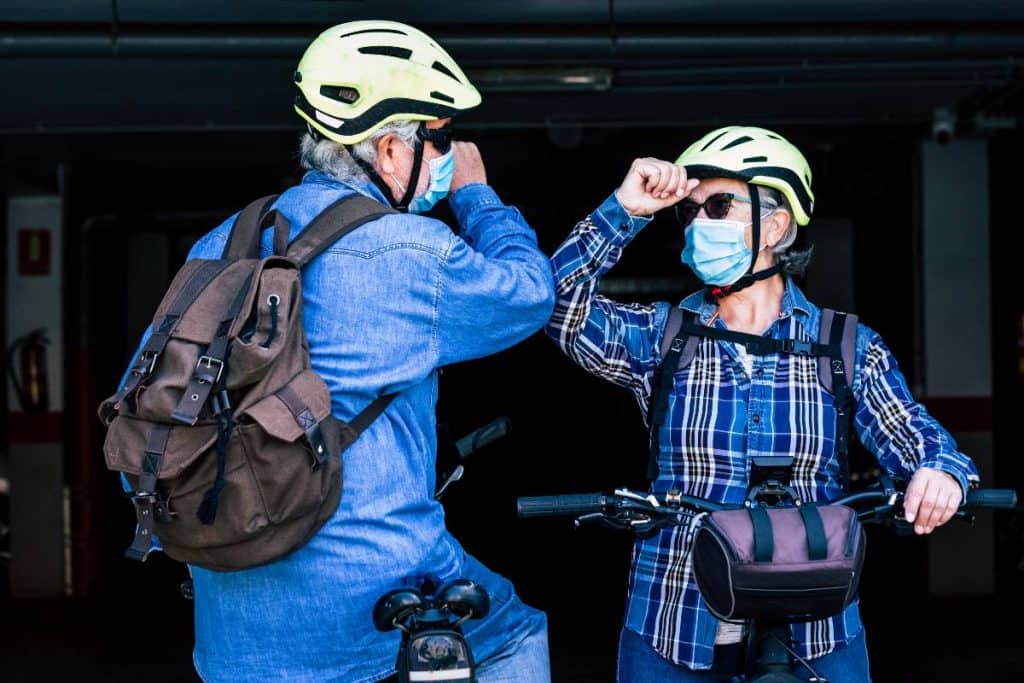
Protecting Your Hide: Protective Gear
Hopefully, you’ll never take an ugly spill out there. But just in case, it pays to suit up with moto-inspired armor meant to prevent ghastly road rash and wicked bruises! Let’s explore options to shield yourself…
Hand Armor
Gloves should be standard issues to avoid shredding your paws – padded palms provide extra impact protection, while grippy textures on fingers and palms help maintain control of bars/brakes if conditions get slick. Full-finger style adds warmth for cold rides too.
Eyes & Face
Bug swarms and errant pebbles love to kamikaze into unsuspecting riders’ faces. Shield yourself with shatter-resistant sports glasses or goggles that seal out debris so you can see where the heck you’re going.
Upper Body
In any potential get-off, your jacket plays a key role in preventing painful road rash thanks to reinforced fabrics like leather, Cordura, or Kevlar. Padding across shoulders, elbows, and spine provides additional cushion. True daredevils layer in hardcore roost armor including hard shell chest plates, back protectors, and lightweight composite pads.
Lower Body
Don’t neglect to defend your bottom half either! Armored riding pants utilize similar burly fabrics with padding zones to jacket equivalents. Knee pads and hip pads can also be great supplements to shield joints as well.
And it should go without saying, but always pack basic first aid like disinfectants and bandages in case you do get nicked up.
Customize your protective gear according to your discipline – from basic gloves for road rides up to body armor suites for downhill shredding. But do get covered – protect those high-value assets of yours!
Back to Basics: Riding Skills
Alright, I’ll switch gears from gear (see what I did there?). Let’s make sure you know essential riding skills to avoid accidents in the first place!
- Scan constantly for road hazards, pedestrians, and vehicles. Head on a swivel people!
- Signal turns with your arm AND use hand brake levers.
- Follow traffic laws, signs, and bike lane markings.
- Use SOFT CRAVES: Scan, Observe road position and fluid speed, Communicate moves, roll out risk reduction, Allow room to react, Visualize hazards, and Escape routes.
- Take the lane if bike gutters disappear to prevent cars from passing dangerously close.
Use common sense out there. Assume car drivers can’t see you, even in bright neon! Defensive riding keeps the rubber side down.
Come Rain or Shine: Weather Prep
Crappy weather blowing through but your e-bike adventure must go on! Making sure your ride and gear bag are prepped for whatever Mother Nature throws down is key. Let’s break it down based on conditions…
Rain
When wet weather rolls in, fenders are clutch for blocking spray and keeping you and your bike drier in the downpour. It’s also smart to stash your stuff in waterproof panniers to avoid soakage. And make sure your outerwear game is on point – seek out jackets and kicks able to withstand deluges and road spray so you don’t end up a soaked mess by the ride’s end.
Cold
Bitter temps make layering non-negotiable for insulation and warmth retention. Start with a solid wicking base layer to keep sweat off your skin. Top that with a thick insulating mid-layer that traps body heat. Top the stack with a protective shell that blocks wind and rain from ruining your flow. Adjust the layers to find your cold weather ride bliss!
Snow & Ice
Slick snowy landscapes call for tires with legit grip and traction. Run trail knobby or metal studded tires that can be purchased on packed powder and icy patches to keep the rubber side down. Weight balance matters more than ever on slippery surfaces – keep it centered and low over the bike through carves to avoid slide-outs. And go light on those brakes to prevent uncontrolled skidding in the slush!
Wind
Blasting wind gusts can be annoying AF out there. A lower profile makes you less “sail-like” as gusts won’t catch as much surface area. Stabilizer handlebars are also great for adding control in crosswind situations.
The common thread? Dress in layers you can add and remove to match conditions. And always pack for rapid shifts in weather throughout your ride!
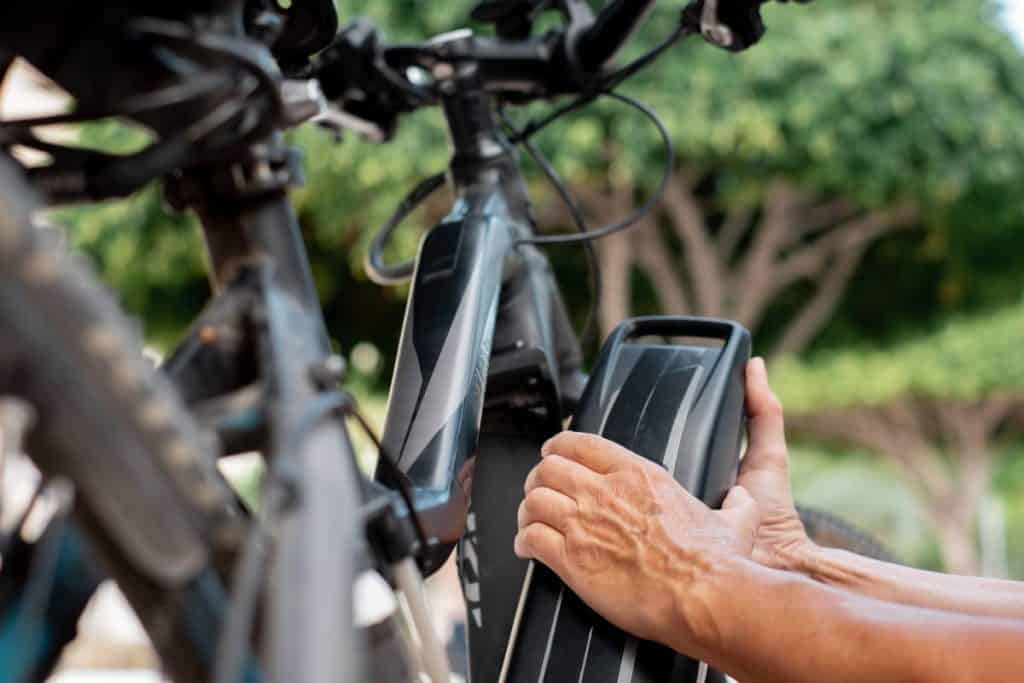
Choose What Fits You Best
What gear works depends on how and where you ride. Plan safety packages for your needs and budget.
Commuting: Focus on visibility and weatherproofing without overdoing cost or complexity. Reflective wear plus basic bike lights and fenders may suffice.
Weekend Warriors: Add recreational gear like sleek helmets, performance eyewear, padded gloves, and lightweight breathable pads. Durable mileage-focused tires enhance grip. Maybe even sneak in GPS bike computers!
Thrill Seekers: Seeking air? Use premium protection like wraparound knee and elbow guards, full-finger gloves, and carbon fiber half-shell helmets designed for impacts. Beef up everything for hard play!
Buy essentials first, then accessorize as able. And analyze discounts – costs add up fast!
Use and Care Guide
Invest in quality gear, then care for your equipment. Inspect frequently:
- After any crash check for damage.
- Ensure adjustment straps and pads function properly.
- Replace expired helmets and worn parts that compromise protection.
- Check battery-powered lights and displays for functionality.
- Recharge/replace batteries regularly.
Wash clothing, pads, gloves, etc to remove grime and sweat. Hang pads to dry fully before storing to prevent mold.
And there you have my complete guide to electric bike safety gear! Have fun, wear the right gear, and ride on my electro-loving friends!
Let me know if you have any other questions. And check ElectrikLiving.com for more e-bike wisdom.
FAQs
What are the most essential pieces of e-bike safety gear?
The two non-negotiable items are a helmet to protect your head and bright visibility gear so others see you. Lights and reflectors on both front and back are key for visibility.
How can I make sure my helmet fits correctly?
Your e-bike helmet should feel snug around your head without pinching. The front rim should sit about two finger widths above your eyebrows. Straps should meet just below your ear lobes. Most helmets have sizing pads to help customize the fit.
What gear is best for riding around town or commuting to work?
For riding in urban areas, look for safety gear focused on visibility and weather protection rather than high performance. Commuter helmets offer great coverage with ventilation for short rides. Reflective and bright clothing, basic front and back lights, and fenders suit most commutes.
How can I stay visible when riding an e-bike at night?
Use bright front and backlights. Seek LED lights with wide-angle visibility. Wear reflective clothing accents and accessories so light bounces off you from all angles. Add spoke lights to your wheels and even a lighted helmet. Layer the lights to transform into a shining beacon among the darkness!
Do I require special footwear or gloves for e-bike riding?
Yes, gloves and closed-toe shoes specific to cycling are recommended. Padded bike gloves prevent blisters, absorb vibration, and protect your hands in case of falls. Look for grippy textures to hold handlebars, especially in wet weather. Avoid shoelaces and seek shoes with stiff soles for pedaling efficiency. MTB or commuter styles work well. Proper footwear prevents injury if your feet come off the pedals.
Do I need to wear a helmet when riding an electric mountain bike?
A: Yes, wearing a helmet is crucial for riders of electric mountain bikes, as it offers essential protection in the event of falls or collisions.
What are the key pieces of gear for riding an e-bike?
Apart from a quality bike helmet, bike riders should consider investing in knee and elbow pads, as well as other protective gear to ensure safety while riding.
Conclusion
Gearing up with protective equipment tailored to your riding style helps ensure safe, fun-filled e-bike adventures. Prioritize helmets and visibility aids like bright clothing and lights. Seek jackets, pads, gloves, and shoes as needed for the conditions you ride in most. Maintain your equipment with frequent checks and replacements as required. Finally, hone riding skills like scanning for hazards to avoid accidents in the first place. Now get out and electrify your life on two wheels!
For more tips on choosing the best electric bike and safety gear for your needs, make sure to subscribe to our newsletter, or if you have any questions, make sure to contact us!

